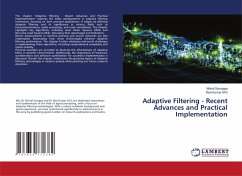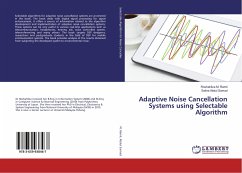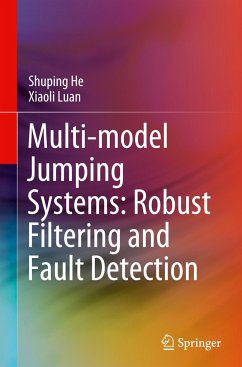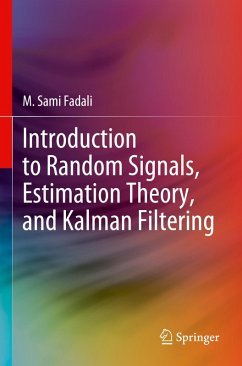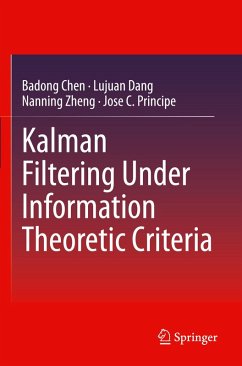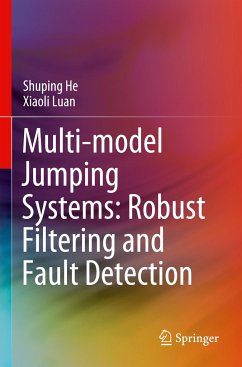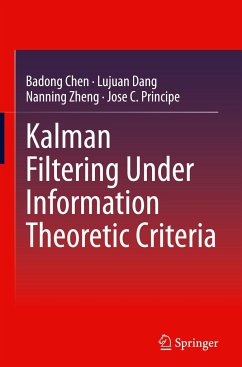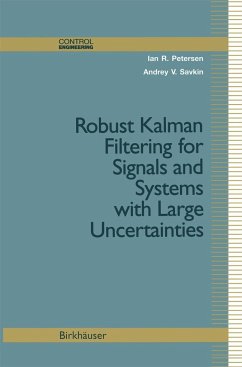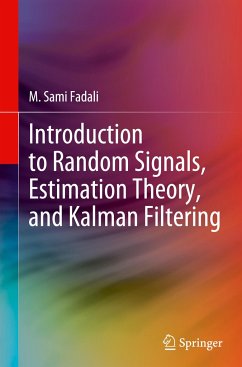
Kalman Filtering for Uncertain Noise Covariances
Investigation of the Air-gap Signal in Kalman Filter Under Relative Acceleration
Versandkostenfrei!
Versandfertig in 6-10 Tagen
29,99 €
inkl. MwSt.

PAYBACK Punkte
15 °P sammeln!
The aircraft health monitoring has been a challenging task for over decades. In turbofan jet engines, all the parameters which describe the health of the engine cannot be measured explicitly. One possible solution to this problem is Kalman filter. The traditional Kalman filter is optimal as long as the modeling of the plant is accurate. The turbofan jet engine being highly non-linear makes the task difficult. This study shows a way of linearizing the jet engine model so that theoretically proven estimation techniques can be applied to this problem. This study presents the application of Kalman...
The aircraft health monitoring has been a challenging task for over decades. In turbofan jet engines, all the parameters which describe the health of the engine cannot be measured explicitly. One possible solution to this problem is Kalman filter. The traditional Kalman filter is optimal as long as the modeling of the plant is accurate. The turbofan jet engine being highly non-linear makes the task difficult. This study shows a way of linearizing the jet engine model so that theoretically proven estimation techniques can be applied to this problem. This study presents the application of Kalman filter to health parameter monitoring of the gas turbine engine. It is shown that the standard Kalman filter will not be robust enough if there are uncertainties in the modeling of the plant. A new filter is developed in this study which addresses the uncertainties in the process noise and measurement noise covariances without assuming any bounds on them. A hybrid gradient descent algorithmis proposed to tune the new filter gain. This filter is then implemented for the health parameter estimation. The results show significant decrease in the estimation error covariance.





